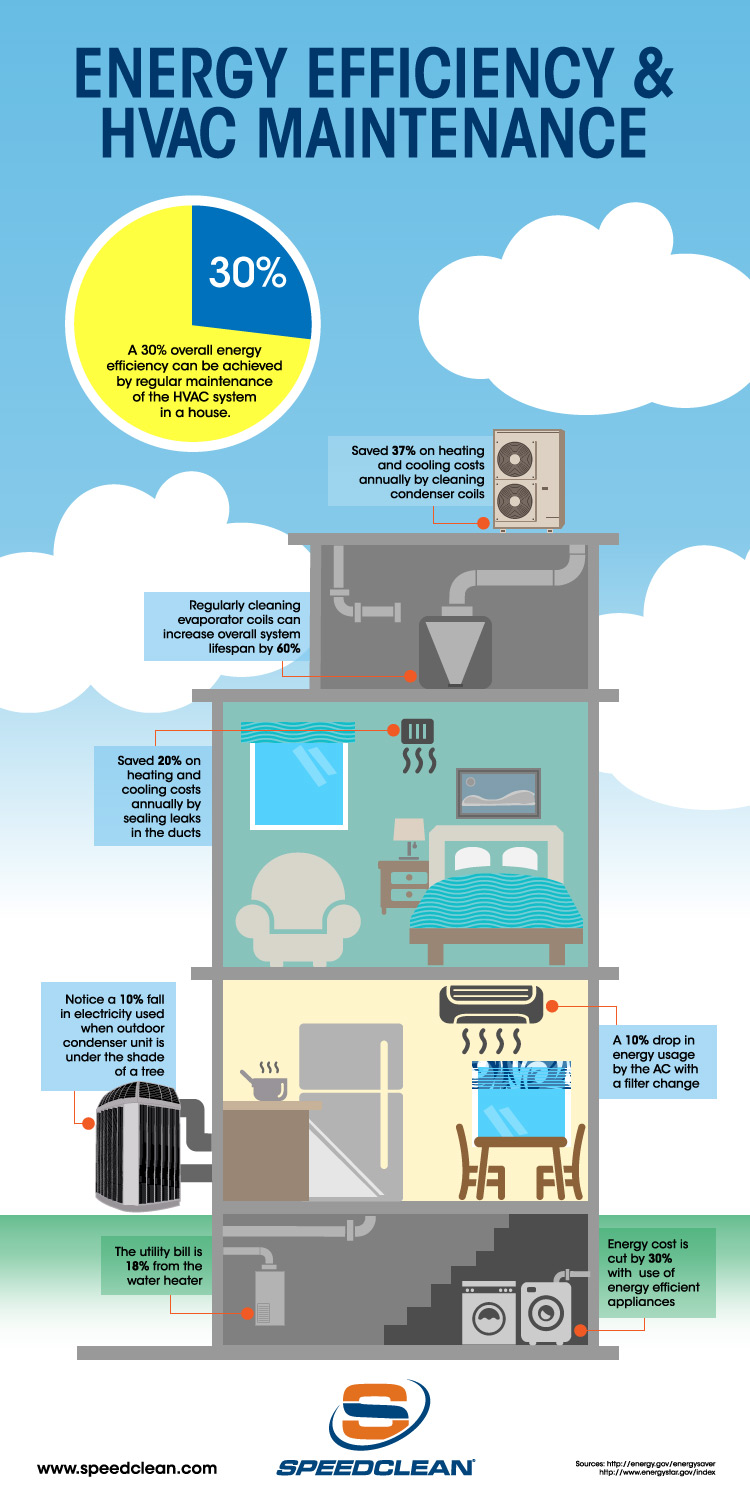Diagnosing And Resolving A/C Issues In Your House
Diagnosing And Resolving A/C Issues In Your House
Blog Article
Content Develop By-Porterfield Grossman
Picture getting home on a scorching summer season day, only to find that your a/c is not working. Frustrating, right? Do not stress, you can fix typical a/c troubles in your house.
This post will direct you through the procedure of recognizing and fixing air movement issues, as well as repairing temperature level control troubles.
So, order your tools and prepare yourself to become your own HVAC hero.
Comprehending HVAC System Basics
To comprehend the HVAC system essentials, you need to know exactly how it runs and what elements comprise the system.
The a/c system, which represents Home heating, Ventilation, and Cooling, is accountable for keeping a comfortable indoor setting. It functions by controlling the temperature, humidity, and air quality in your house.
The major elements of a cooling and heating system include the heater or heat pump, a/c, ductwork, thermostat, and air filters. The furnace or heat pump is responsible for heating up the air, while the a/c cools it down.
The ductwork distributes the conditioned air throughout your home, and the thermostat permits you to manage the temperature level. Finally, the air filters aid to remove dust, plant pollen, and other fragments from the air.
Comprehending these basic parts will certainly assist you fix usual heating and cooling issues and guarantee your system operates successfully.
Identifying and Mending Air Flow Issues
To fix air movement concerns in your house, you need to start by checking for clogged air filters and obstructed vents. Obstructed air filters can limit the circulation of air, triggering your a/c system to work harder and much less successfully. It is essential to consistently tidy or change your air filters to make sure correct air movement.
In how do you clean a dryer vent that goes to the roof , obstructed vents can additionally restrain air flow throughout your home. Make certain that all vents are clear of any kind of blockages such as furniture, curtains, or particles. If you see any kind of vents that are shut or partly shut, open them as much as permit much better air flow.
One more typical concern that can affect airflow is dripping air ducts. Evaluate your ductwork for any type of leaks or spaces and seal them correctly to boost airflow and energy effectiveness.
Troubleshooting Temperature Level Control Problems
If you're experiencing temperature control troubles in your house, inspect both the thermostat and the a/c system for any issues.
Start by examining the thermostat settings to ensure they're established correctly. Occasionally, the temperature might be set too expensive or also reduced, triggering the a/c system to not operate correctly. If the setups are proper, inspect the thermostat for any type of physical damages or loose links.
Next off, evaluate the HVAC system for any kind of visible concerns. Look for leaks, clogged up filters, or blocked vents that could be influencing the temperature level control. Furthermore, make certain the system is receiving power and the circuit breaker isn't tripped.
If you're incapable to recognize or fix the issue, it's best to get in touch with a specialist heating and cooling technician for more help.
Verdict
So, there you have it! By understanding the basics of your heating and cooling system and troubleshooting typical troubles like airflow problems and temperature level control issues, you can keep your home comfy all year round.
For simply click the up coming website , let's say you discover that some spaces in your home are regularly warmer than others. By looking for obstructed vents or readjusting the dampers, you can make certain that the air movement is well balanced and every room goes to the preferred temperature.
